Wouldn’t it be nice to know the demands of your product before you even launch? It would save you time, money, and a lot of guesswork.
The problem is that too many entrepreneurs are stuck with data that supports building a business, but not necessarily their business. They don’t know if their solution is something people want until it hits the market. Fortunately, there’s a way to find out demand for a product before launch.
But before we get into that, let’s discuss the systems that entrepreneurs currently employ to determine if they should build a business:
- Market size and trends
- Amount of competitors in a geographic region
- Study demographics to determine if their product will fit
Let’s use market size as an example. While statistics around market size are often great, they don’t point out what the demand would be for your business.
For instance, the weight-loss industry is worth about $50 billion, but that does that mean that a new weight loss product is a guaranteed success? Certainly not.
Entrepreneurs need a system to tell them of the demands for their potential product. And thanks to technology, entrepreneurs can now get a closer gauge at this demand.
We’ll be discussing just that in this blog post. The tools that entrepreneurs can use to get their idea out to potential customers and see if there actually is a demand for their solution.
I’m not advocating against looking at market size; I’m advocating for employing new methods in conjunction with traditional methods.
This can potentially save you months (if not years) of hard work and thousands (if not millions) of dollars. Read on…
1. Set Up a Landing Page or a Simple 1 Page Site
The landing page is perhaps the best system we currently have to gauge interest.
If you have an idea for a product, here’s what you do:
- Get a domain name and set up on one page what your product does.
- On the page say “If you’re interested, please enter your email address.”
- Display your email address and have any questions directed to that address.
- Promote the heck out of the page. Keep it up until you feel you have a statistically significant amount of visitors.
- If you don’t get the response you were looking for, don’t build it. If the response is good, build it. Be sure to have a goal set in mind before you launch the page.
If you don’t want to spend the time setting up a landing page, you can use a tool like Launch Rock or Kickofflabs.
Don’t say that it’s only an idea. It’ll make it sound like its months or years out from being built and you’re leaving it open for someone to copy and actually build the product. Make it appear as if there’s a product being built.
If possible, make a video that explains how the product works. You don’t need to actually show any screenshots to do this.
Check out the video on the Dropbox homepage. They discuss the product without showing any screenshots.
Here are some examples of beta signup pages that could look similar to what a landing page could be.
This beta page does a nice job telling what the product does:
I like the simplicity in this beta page:
Another one:
Unfortunately, these beta pages do not tell the uniqueness of their business.
I’d advocate sharing the uniqueness of your idea on the landing page. But remember, don’t tell them it’s an idea. Tell them it’s an actual product that’s being built.
Here’s a landing page I quickly drew up. It’s for what is now known as Twitter.
Obviously, you don’t want to go for this design. Rather, tell people what the product is about. Give them enough information so they’ll know if it’s something they’d want to use. At the same time keep it simple and succinct.
It’s also important that you set some guidelines before you even set up the page. Ask yourself:
- At what point is it statistically significant to say that I have enough data?
- What percentage of total visitors should ask for a beta invite? If 20% or more ask, is that good enough to build the product?
Here’s one of the best things about this method:
If you decide to launch, you already have hundreds or thousands of potential customers lined up.
And if you don’t get enough email addresses, scrap the project. There’s no money wasted and a lot saved.
2. Ask Potential Customers
Go where your audience and potential customers are and tell them about your idea. Listen to their problems and see if your solution is one that might fit.
No matter what market you’re thinking about entering, there’s a website for it. Go to these sites and be a participant. If you have money, you may even want to buy some ad space for your landing page.
When appropriate, tell people about your idea and get their feedback. If it’s done in a courteous manner, you’ll get feedback that can help. For instance, many tech entrepreneurs have heard of the site Hacker News. In that site, people show their product to all Hacker News readers in posts titled “Show HN”.
Dropbox was one product that started this way. They also received over 10,000 Diggs overnight. Their waiting list went from 5,000 to 75,000. These are pretty good signs people wanted their product and it was worth building.
The key is to speak to a targeted demographic, as they are the ones who will provide you with the best feedback. Speak to them in an authentic way and take all feedback you can get from them.
You can also meet people face-to-face. Ask them about their problems and you’ll get to see if your product could be a potential solution. If you have one, you can also tell them about your landing page.
3. See if There Have Been Other Products Similar to Your Idea
Your idea may be nothing new. It could have been a product that existed years before but never caught on.
Often times, a good product just has bad timing and doesn’t catch on until years later when someone else tries it.
So if your idea has been proposed before, it doesn’t mean you shouldn’t launch the product. Groupon was not the first group buying site. Google was not the first search engine. Facebook was not the first social network. Yet these brands seem to have done it better than any predecessor. Many of them learned and didn’t repeat the mistakes.
MySpace was a product that from the start had a lot of problems. This was the home screen MySpace users would see:
Facebook brought a newer, cleaner interface. Perhaps above all, they also had status updates. Most importantly, the kept spam under control (which was a HUGE problem at MySpace). People had a reason to go back to Facebook to see what their friends were up to without getting bothered by tons of spam messages and comments:
The Facebook profile pages were cleaner:
Facebook capitalized on MySpace’s user pain points and today they are the leader in social networking.
Learning why the idea you’re proposing today has failed before is an important step in determining if you want to proceed in building the product. Was the product too early? What was the feedback at the time? Learn about the failed product and you may gain some insights that you wouldn’t of previously had.
4. Google it
Yes, even Google can help you understand demands.
By using a tool like Google Keyword, you can gauge the volume of monthly searches for a specific term. For instance, if your idea is for a premium web based email, you can type “premium web based email” in the search box. If there are not a lot of people who search for it, you can then understand what kind of demand it has.
Click on the image above to see a larger version.
It’s not the be all and end all, but it’ll help you get a good idea of what people are looking for.
If you’re aware of any competitors, try Googling them. Since Google puts recent news in their results pages, you’ll stay up to date on the activity of your competition. Beyond news, you may also be able to find general feedback of their product. Customers post about all types of products on the internet; and if you take the time to look you’ll be able to find some very valuable information.
Let’s Hear It!
So there are four things that you can do to gauge demand for a possible product. As always, let me know of your feedback in the comments.
About the Author: Zach Bulygo is a blogger, you can follow him on Twitter @zachcb1.

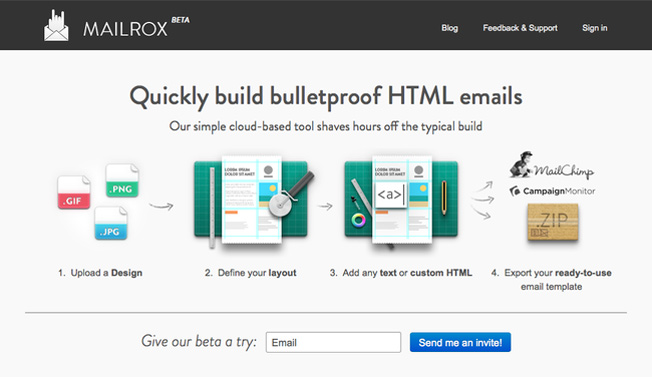
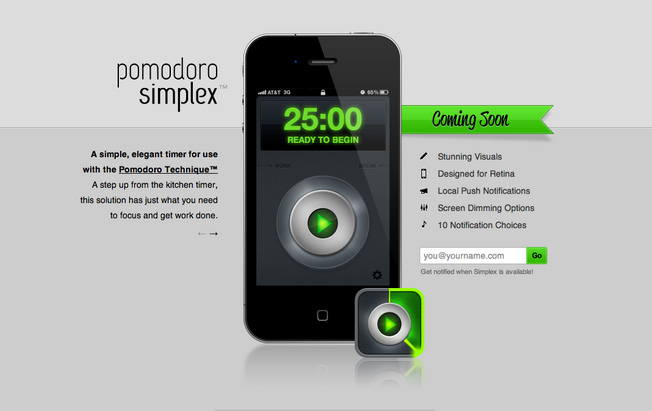
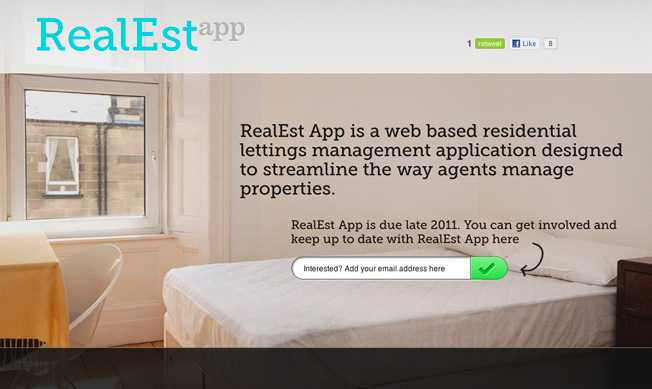
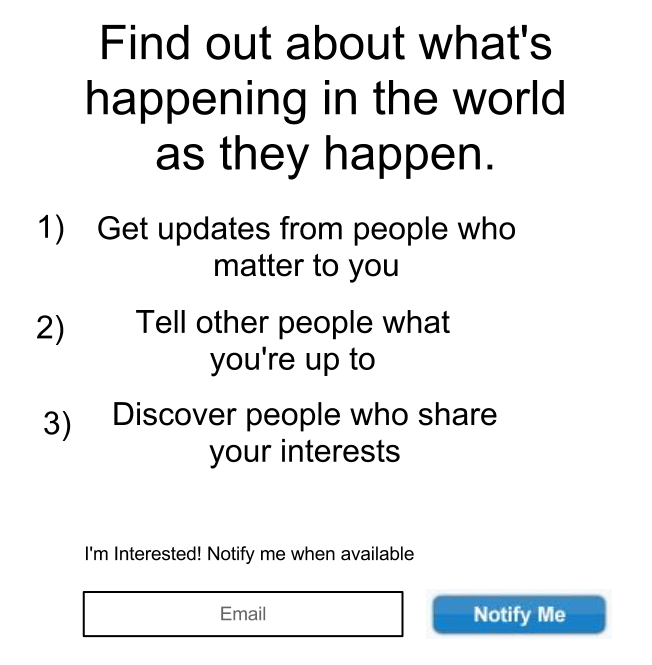
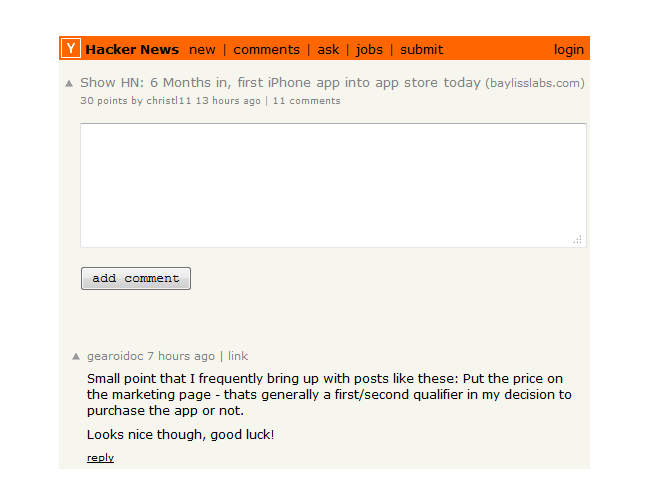
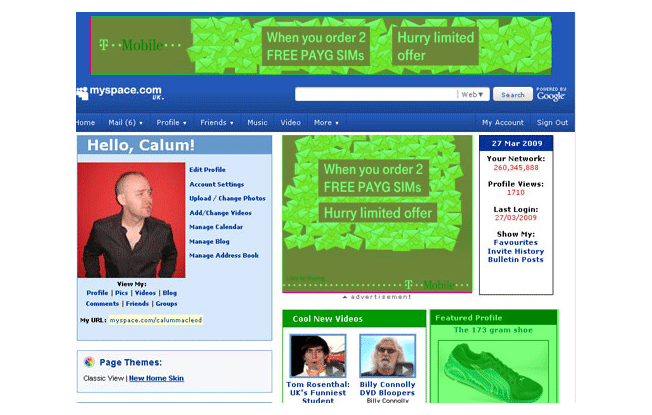


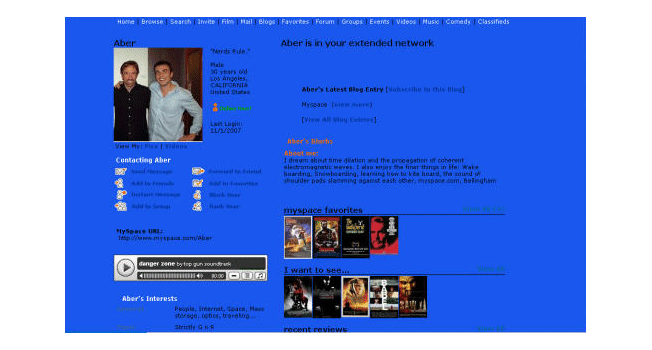
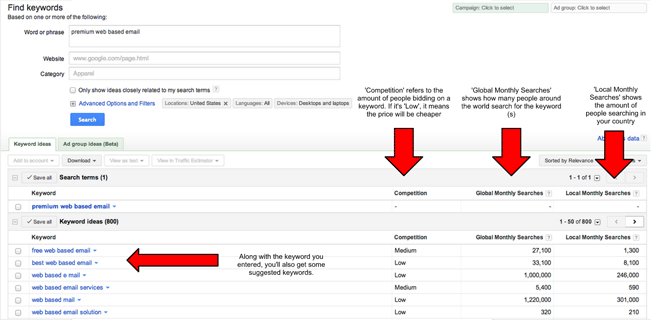
Comments (20)